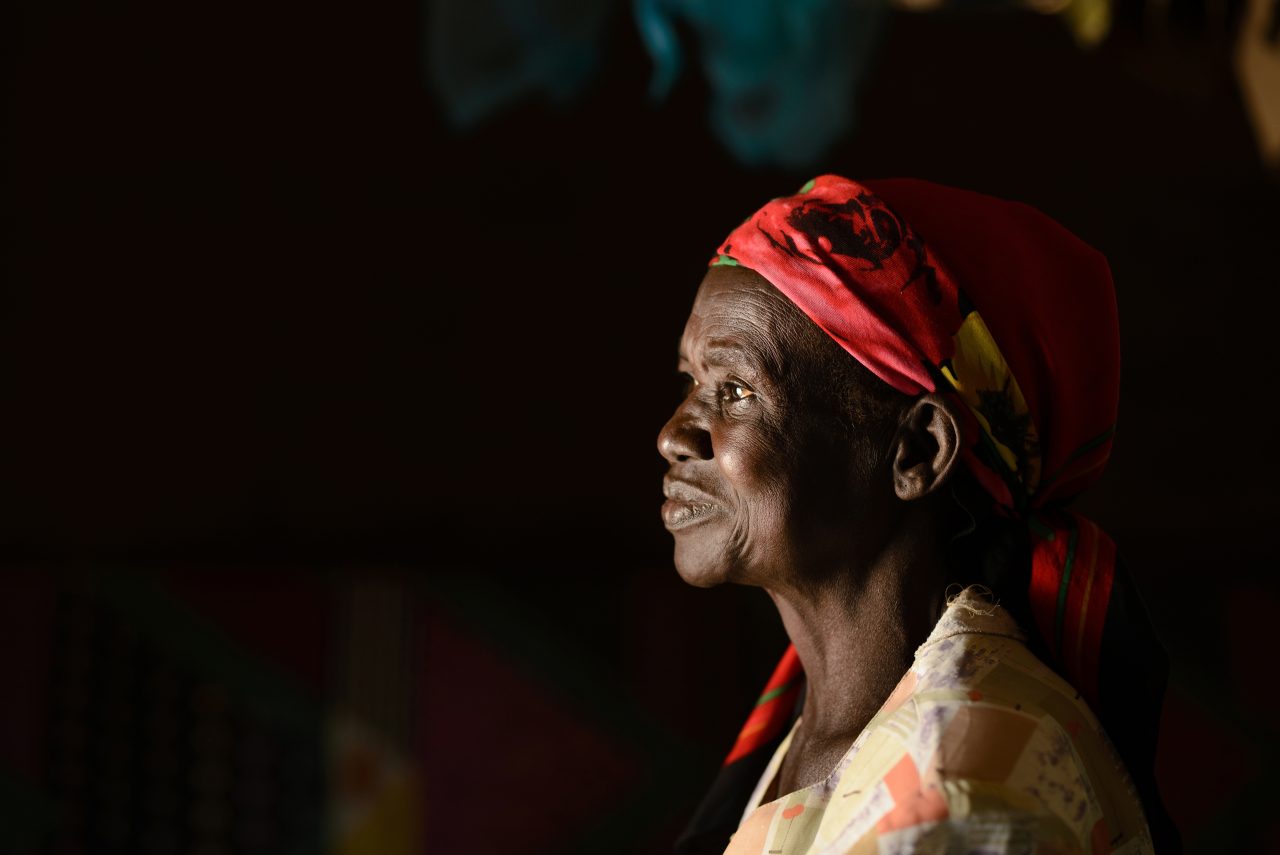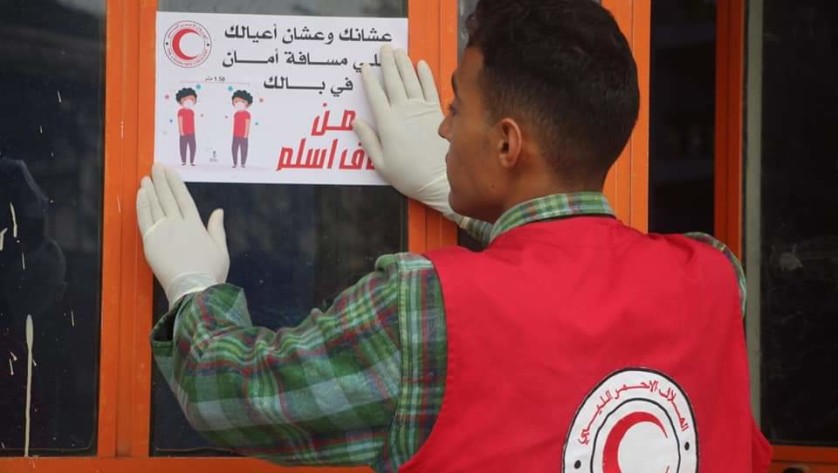Data without borders
Similar questions arise whenever talking about the mass collection of the data of vulnerable populations. The non-profit organization Refunite advertises itself as the world’s largest family tracing platform.
Unlike Trace the Face, people can upload their own profile online through a website that is publicised by mass SMS marketing targeting large populations of refugees. Founder Christopher Mikkelsen thinks that privacy concerns should not come at the expense of the reach and effectiveness of the tracing platform.
“Our data is stored in Germany and subject to rigorous European data laws,” he says. “But we make a point to say that the platform is open. When companies much more heavily guarded than ours are hacked for information, it would be foolish of me to claim that we are safe, especially as we operate through SMS.”
The ever-expanding array of digital tools flowing into the humanitarian sphere still provokes the question: who is responsible for people’s online safety? Migrants and refugees, for example, are sadly a major attraction for smugglers, traffickers and criminals seeking to exploit a family’s desperation for monetary gain. Might unprotected data make the hacking and exploitation of such vulnerabilities more effective? Could a growing hub of data also be useful to repressive political regimes seeking enemies?
Clearly there are vulnerabilities. In late 2017, a tech firm broke into a software platform widely used by aid agencies and gained access to the photographs, family details, PIN numbers and map coordinates of more than 8,000 families assisted by a non-governmental organization in West Africa.
But Mikkelsen suggests that it’s patronizing to assume refugees are naïve to the risks. “Refugees are way better at defining when they are at risk than anyone else,” he says. “Technology is inherently borderless, you can never stop it. People upload geotagged photos of themselves onto Facebook. As much as you want to think you can control the stream of information in refugee camps, you can’t.”
For Anselmo, there is room for both approaches to co-exist but the Movement’s long-term work in extreme conditions highlights the essential role in tracing for international humanitarian organizations that adhere to principles and have the people-power to pick up where technology leaves off.
“Some apps and platforms are great as immediate tools. You try it and you may immediately get a match,” she says. “But what happens when there is nothing? If I was looking for a loved one, I would try everything I could, but if I come from conflict area, if the person I’m looking for might have disappeared or is dead or detained, I would also want to have an organisation that understands complex conflict environments, can access places of detention, that follows my case and is able to update me personally on its progress.”
 Red Cross Red Crescent magazine
Red Cross Red Crescent magazine 






 Tech & Innovation
Tech & Innovation Climate Change
Climate Change Volunteers
Volunteers Health
Health Migration
Migration